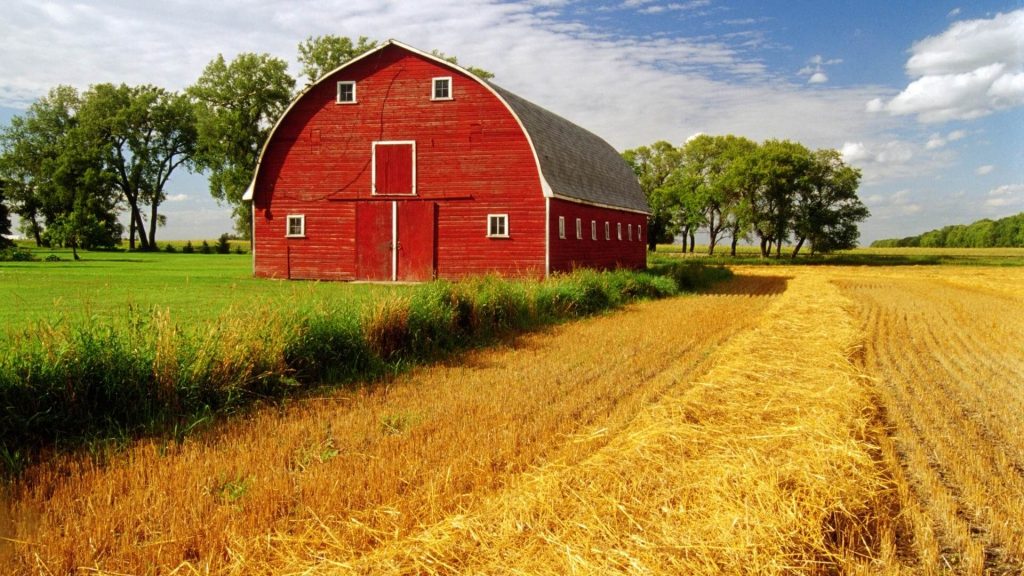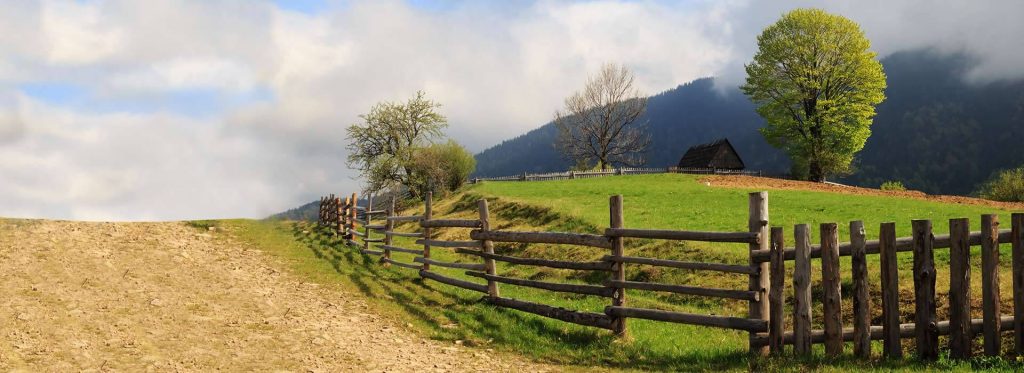Self Sufficiency Test
We live in a yurt, have chickens and were homesteading but were still a far cry away from being fully self sufficient. We don’t live off grid (although solar is in our dreams),we still buy raw milk from a pastured herd share and we not only haven’t gardened yet, but we haven’t really jumped into full scale preservation methods for stockpiling, like fermenting cabbage, canning and drying.
What I’m trying to say is this homesteading thing is such a series of baby steps. Were so much farther along than we were two and half years ago, and thats something to be celebrated. Even more so since we were tested on our resourcefulness this past week by being snowbound for five days.

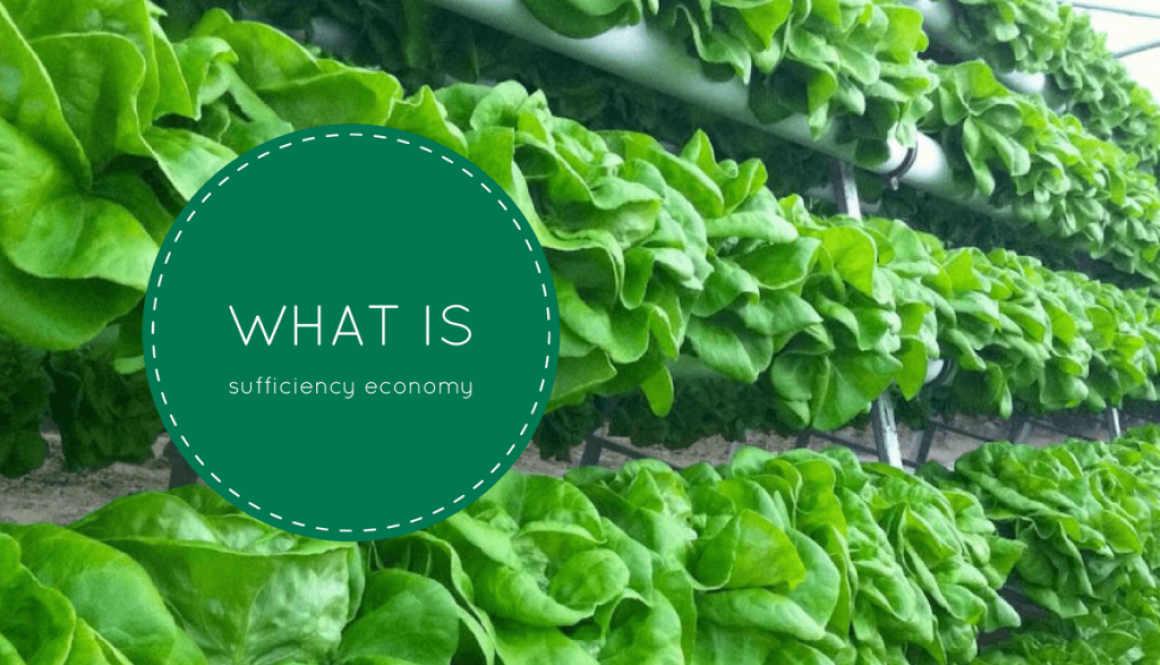
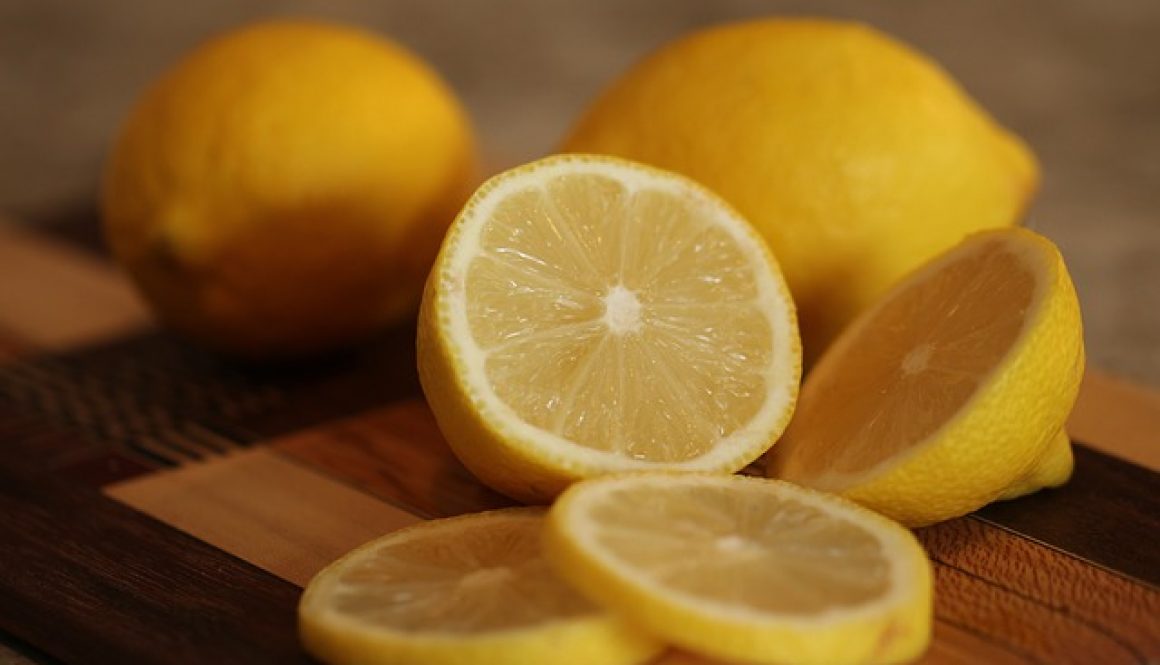
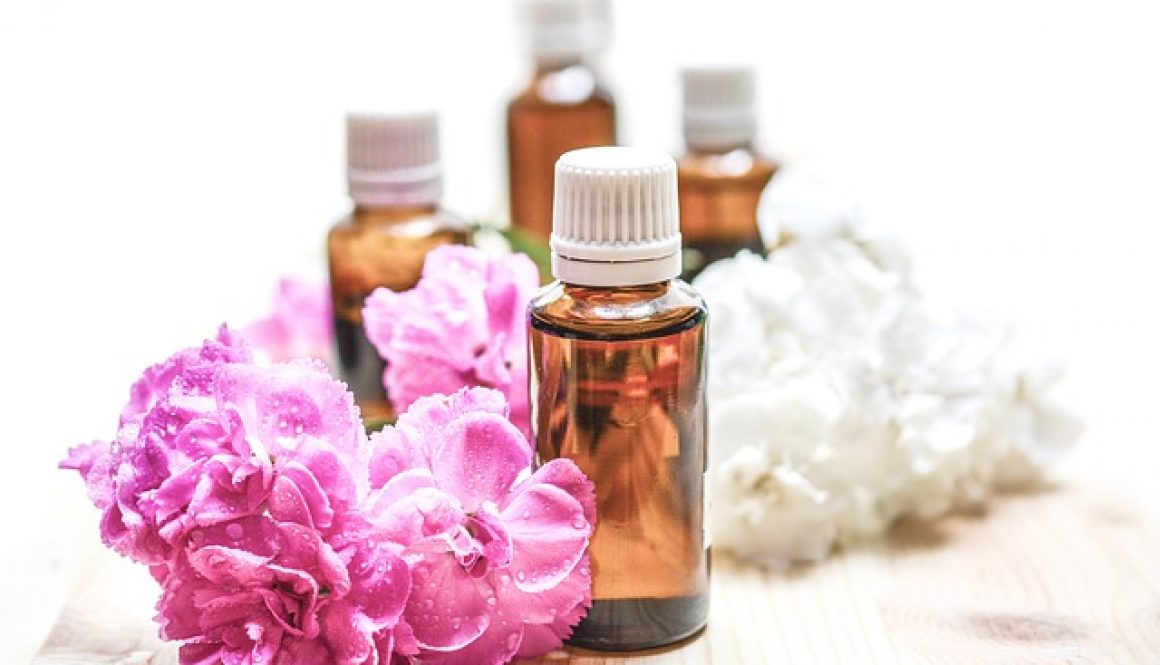
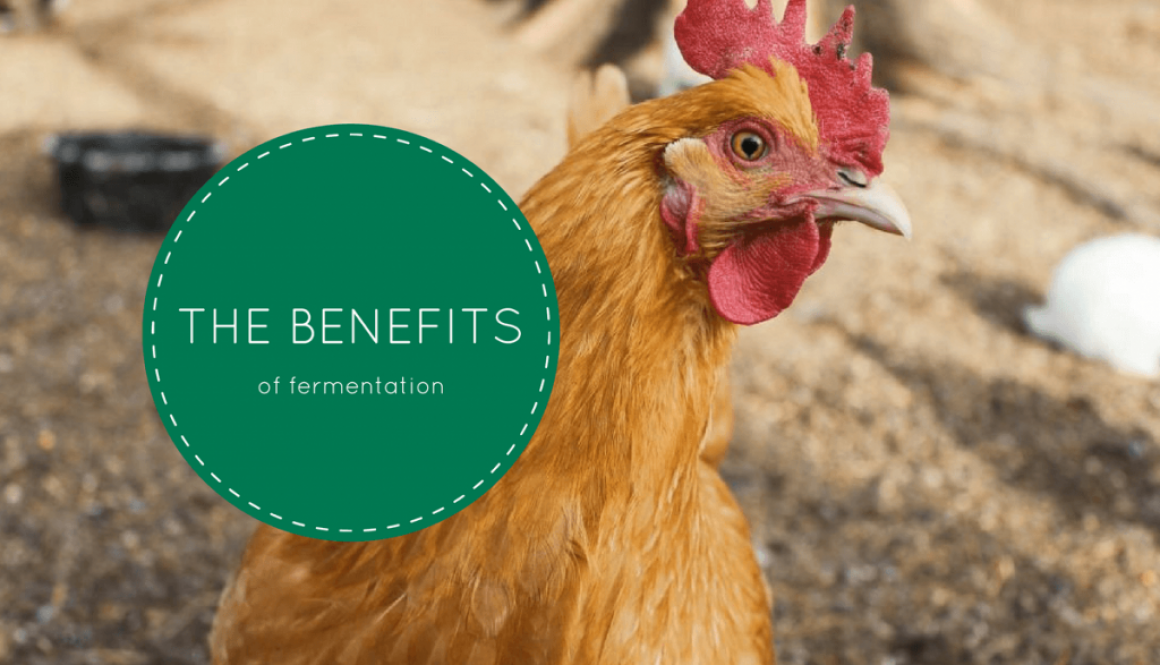
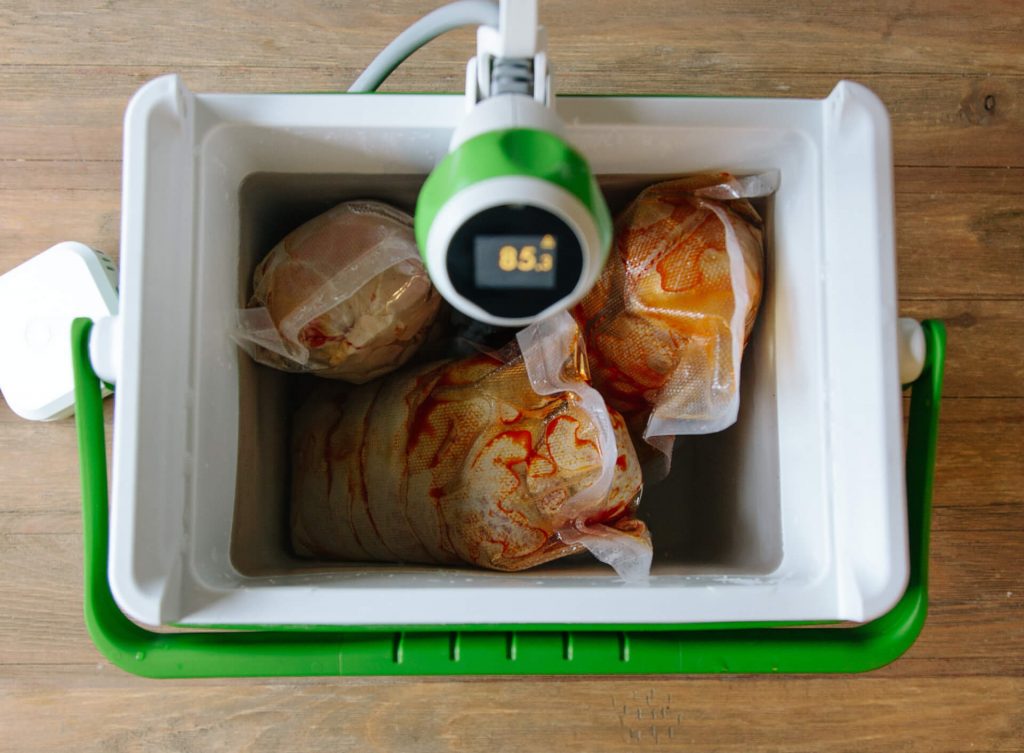
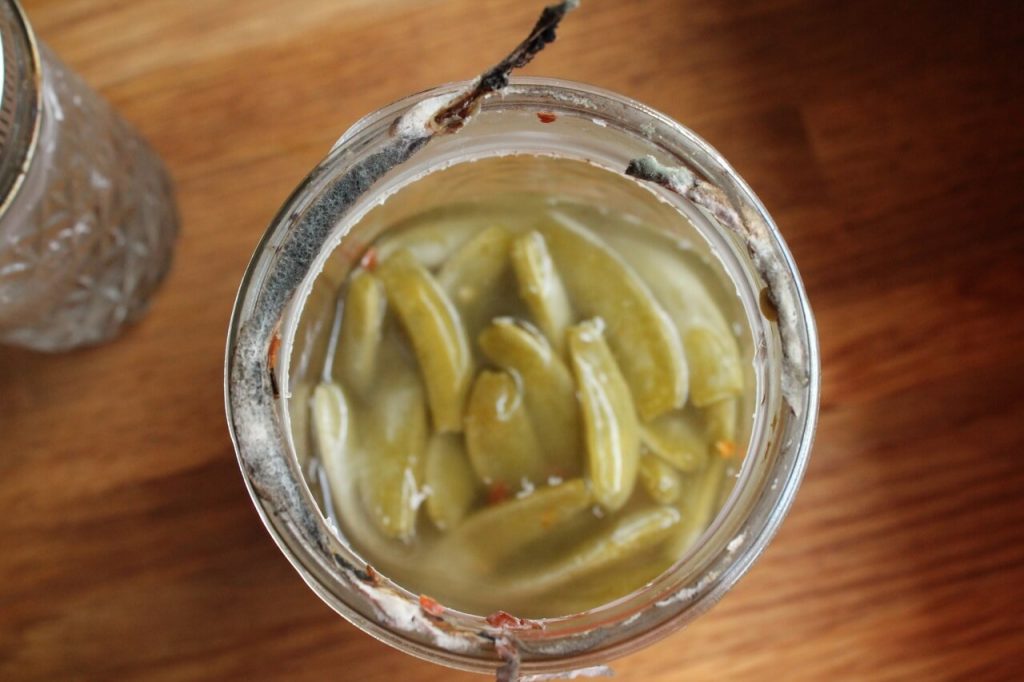
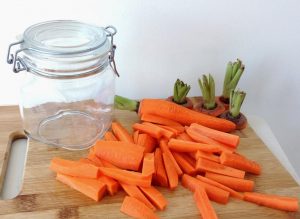 This is what I do. Please note, I’ve been doing this a week, so we’ll see how long I keep it up, but it’s not really a big pain, and they really like it, so I have high hopes.
This is what I do. Please note, I’ve been doing this a week, so we’ll see how long I keep it up, but it’s not really a big pain, and they really like it, so I have high hopes.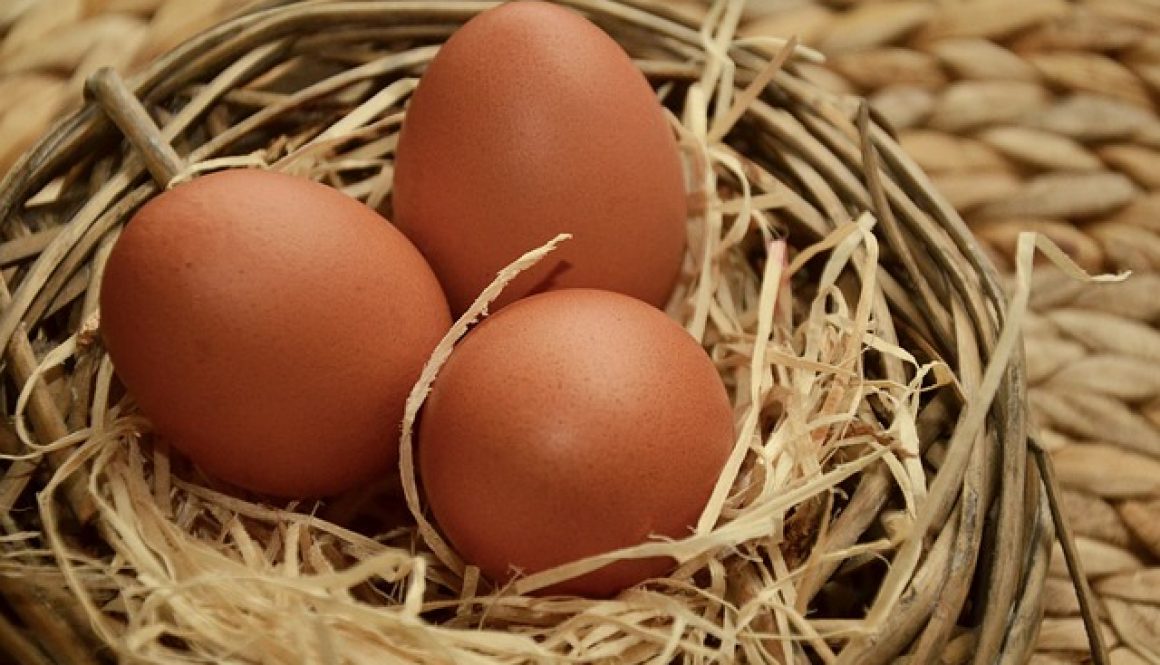


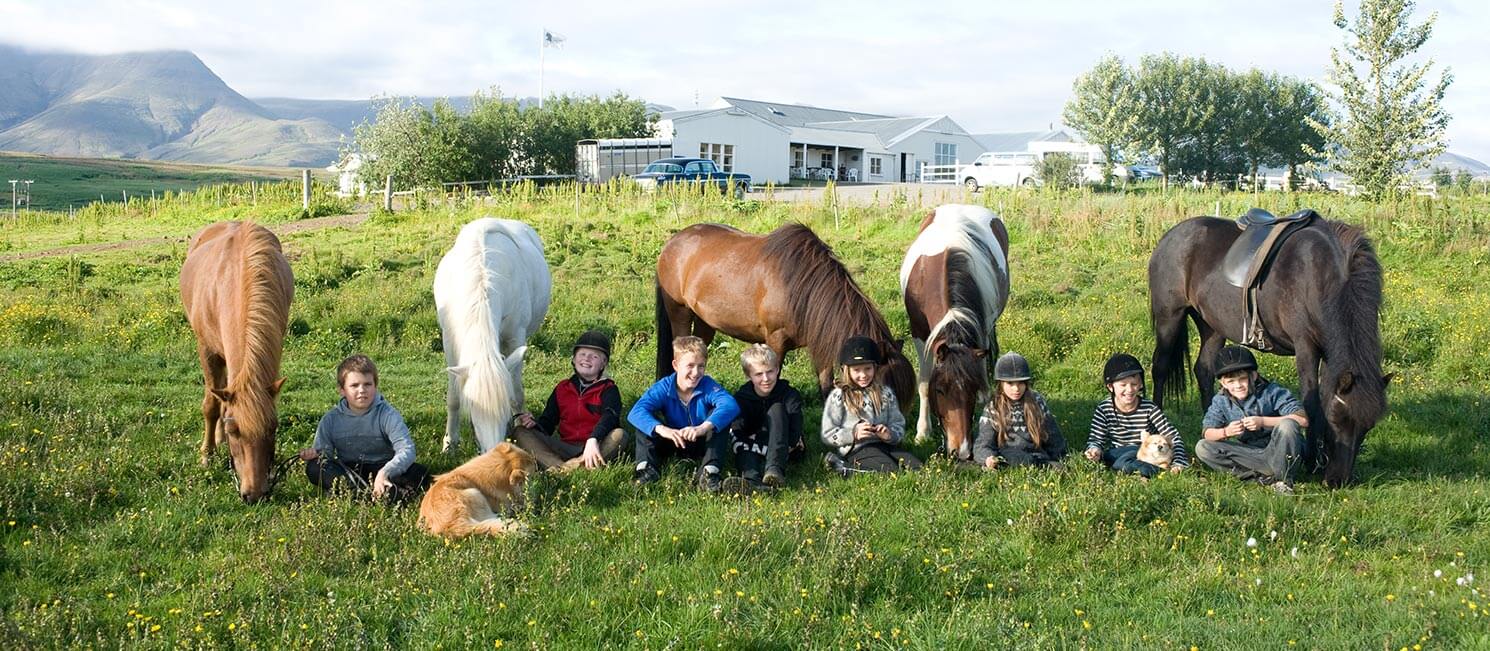

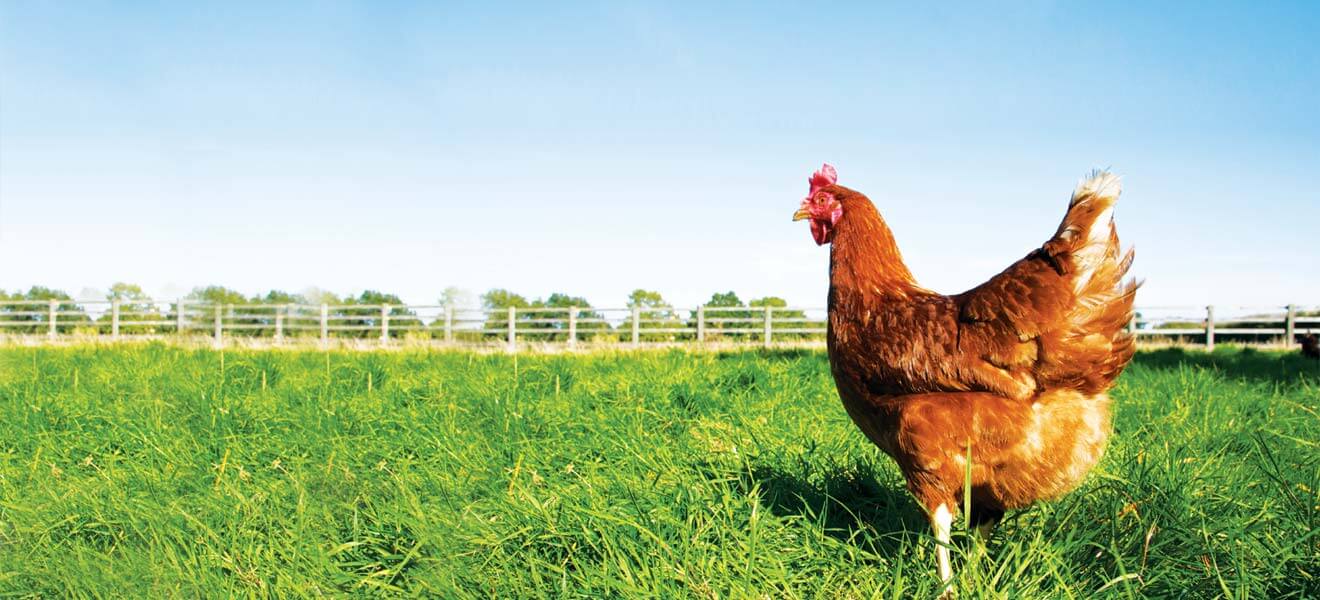
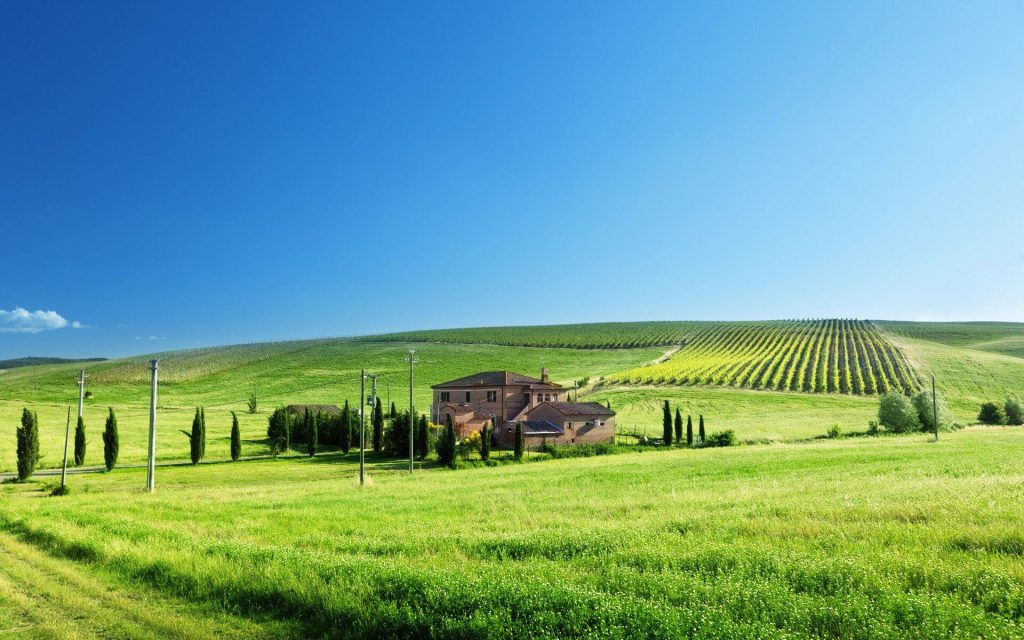
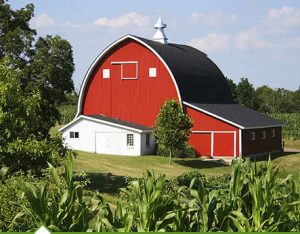 We own a wonderful, tiny little cottage on a pristine lake an hour from here and spend a lot of time there, especially in the summer. Who would take care of animals when we’re away so much? We are close to farms where we are able to get grass-fed beef and raw milk, pastured chickens, eggs and pork. We love being able to support these salt-of-the-earth-people. If we raised our own animals, we wouldn’t be supporting these farmers. What we do on this quarter acre is garden. We have apple trees and raspberry bushes, and grow veggies to our hearts content. We’re expanding our garden this year, so all that will be left of lawn is a small, shady area for picnicking and a place for grandkids to play. Are we urban homesteaders? I don’t know. We’re content and I guess that’s all that matters.
We own a wonderful, tiny little cottage on a pristine lake an hour from here and spend a lot of time there, especially in the summer. Who would take care of animals when we’re away so much? We are close to farms where we are able to get grass-fed beef and raw milk, pastured chickens, eggs and pork. We love being able to support these salt-of-the-earth-people. If we raised our own animals, we wouldn’t be supporting these farmers. What we do on this quarter acre is garden. We have apple trees and raspberry bushes, and grow veggies to our hearts content. We’re expanding our garden this year, so all that will be left of lawn is a small, shady area for picnicking and a place for grandkids to play. Are we urban homesteaders? I don’t know. We’re content and I guess that’s all that matters.
